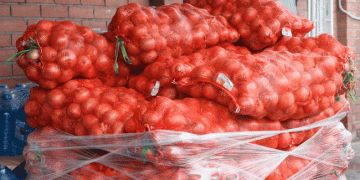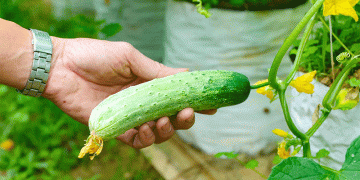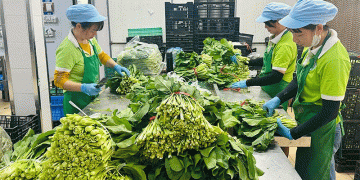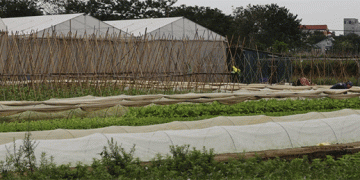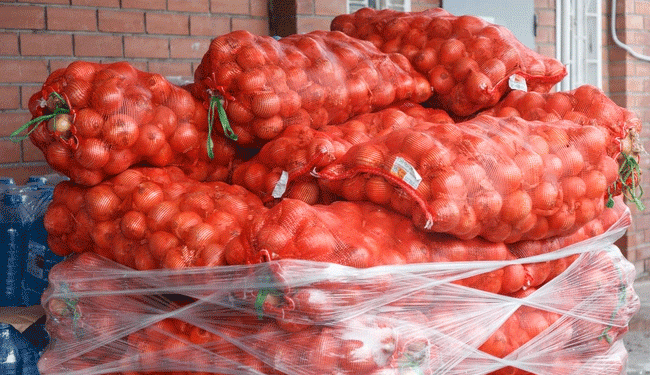Across the agricultural heartlands of Volgograd, Astrakhan, and Rostov, Russian onion farmers are facing a catastrophic season. The culprit is the onion thrips (Thrips tabaci), a insect less than a millimeter in size that is reportedly exhibiting widespread resistance to conventional pesticides. Farmers on the ground describe a desperate situation: “You pour the solution on the insect, and it calmly crawls further and doesn’t even intend to die,” one farmer reported. This resistance crisis is compounded by a shortage of effective agrochemicals, as some previously relied-upon imported products are no longer available, and domestic alternatives are lacking.
The economic impact is severe. One large farm, KFK “Pakhar,” invested over 30 million rubles in its onion program only to abandon it entirely due to thrips damage. To salvage their crops, some farmers are resorting to extreme measures, including using unregistered, highly toxic Chinese pesticides and increasing spraying frequency from once every 6-7 days to once every three days. This not only raises production costs but also creates significant consumer safety concerns.
Official sources, such as the regional Rosselkhozcenter, present a more tempered view, acknowledging the pest is “difficult to eradicate” but stating that established control protocols exist. They report a harvest of over 200,000 tons in Volgograd, on par with the previous year. However, this official optimism clashes sharply with farmer testimonials of low yields and fields “dried up on the root.”
The biology of the thrips makes it a formidable opponent. It hides deep within the leaf axils, making chemical contact difficult, and can transmit harmful plant viruses. The Russian agricultural oversight body, Rosselkhoznadzor, warns that a heavily infested field must be taken out of onion production for four years to break the pest’s life cycle, a devastating prospect for crop rotation planning.
The onion thrips outbreak in Russia is more than a seasonal pest problem; it is a systemic failure in agricultural resilience. It highlights the dire consequences of over-reliance on a narrow range of chemical controls, especially when supply chains for effective active ingredients are disrupted. The solution requires a multi-pronged approach: rigorous independent testing of agrochemicals to combat counterfeits, accelerated development and registration of new pesticide classes with different modes of action, and a mandatory shift towards Integrated Pest Management (IPM). This includes strict crop rotation, the creation of weed-free buffer zones to eliminate pest reservoirs, and the promotion of biological controls. Without these systemic changes, farmers will continue to fight a losing battle against an increasingly resistant microscopic foe.
